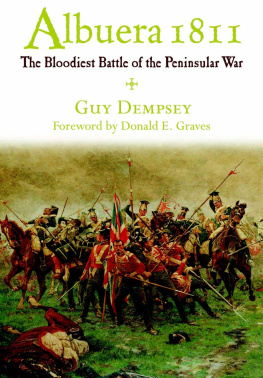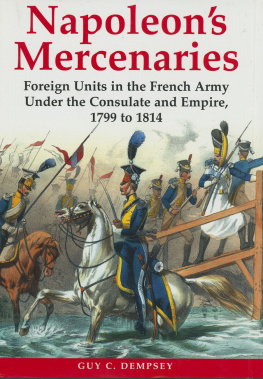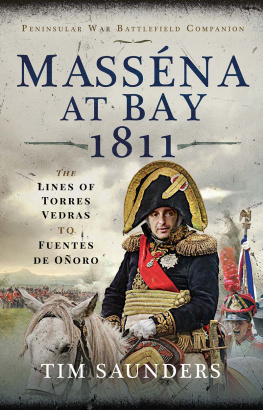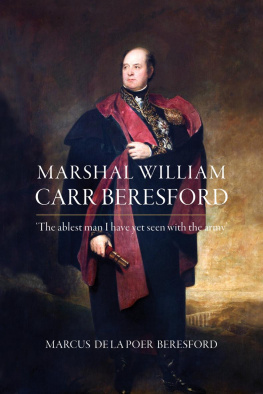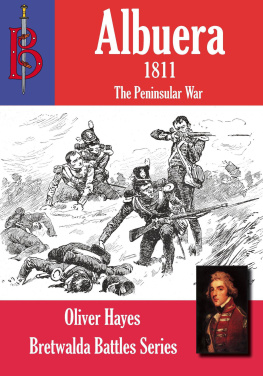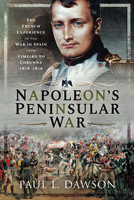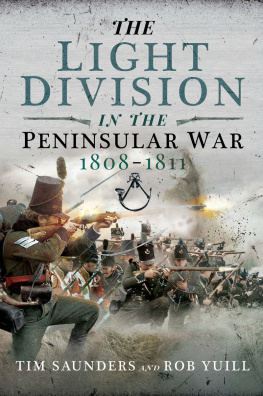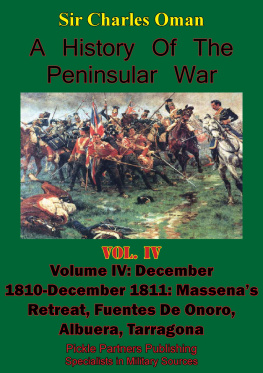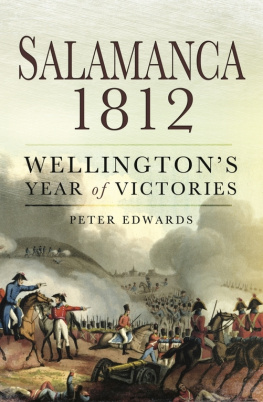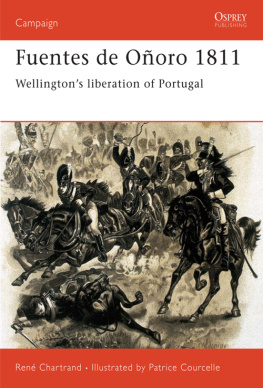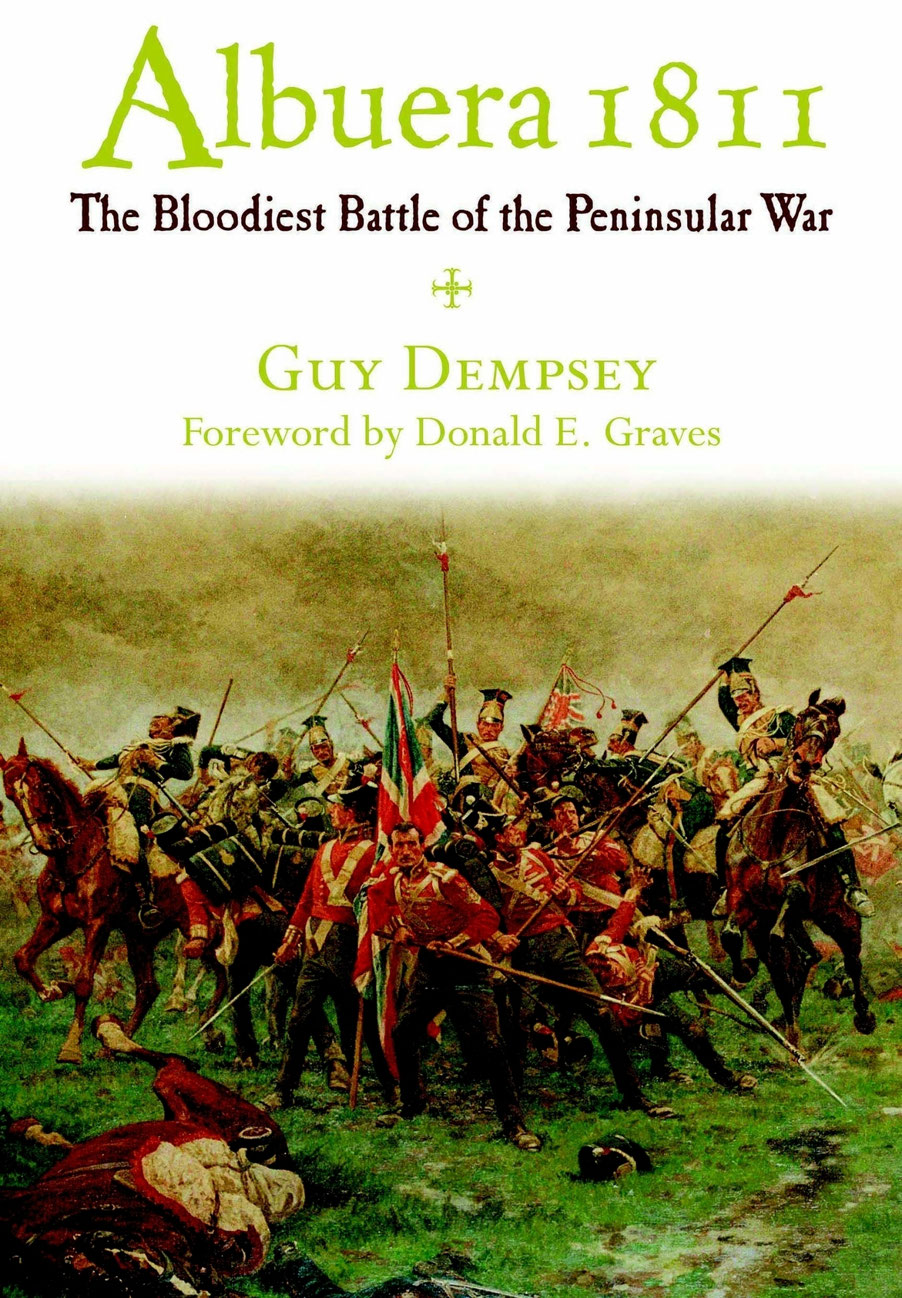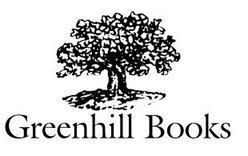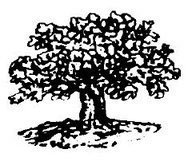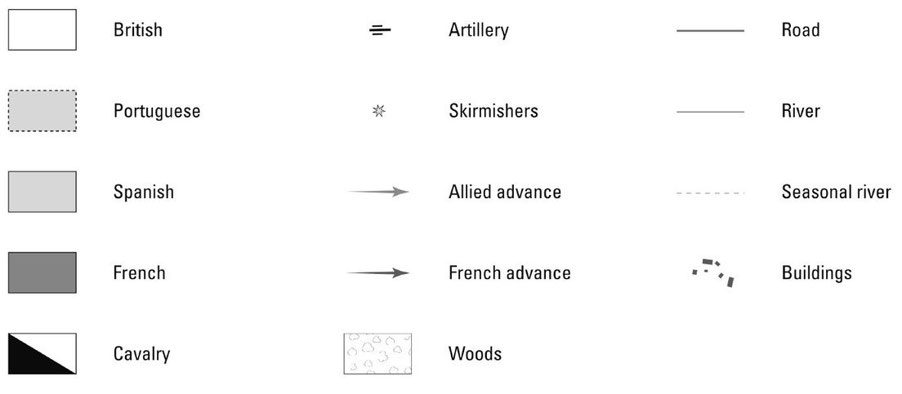ALBUERA 1811
For my favourite daughtersKatie, Elizabeth and Laura
Albuera 1811
The Bloodiest Battle of the Peninsular War
Guy Dempsey
Albuera 1811
First published in 2007 by Greenhill Books/Lionel Leventhal Ltd
Park House, 1 Russell Gardens, London NW11 9NN
and
MBI Publishing Co.
Galtier Plaza, Suite 200, 380 Jackson Street,
St Paul, MN 55101-3885, USA
Copyright Guy C. Dempsey Jr. 2007
Foreword Donald E. Graves 2007
The right of Guy Dempsey to be identified as the author of this work
has been asserted by him in accordance with the Copyright,
Designs and Patents Act of 1988.
All rights reserved. No part of this publication may be reproduced, stored in
or introduced into a retrieval system, or transmitted, in any form, or by any
means (electronic, mechanical, photocopying, recording or otherwise),
without the prior written permission of the publisher. Any person who does
any unauthorised act in relation to this publication may be liable to
criminal prosecution and civil claims for damages.
British Library Cataloguing in Publication Data
Dempsey, Guy C.
Albuera, 1811 : the bloodiest battle of the Peninsular War
1. Albuera, Battle of, Albuera, Spain, 1811
I. Title
940.27420946
9781783468904
Library of Congress Cataloging-in Publication Data available
For more information on our books, please visit www.greenhillbooks.com, email
sales@greenhillbooks.com, or telephone us within the UK on 020 8458 6314.
You can also write to us at the above London address.
Edited and typeset by Donald Sommerville
Maps by Jonathan Young of Red Lion Mapping
Printed and bound in Great Britain by
Creative Print and Design (Wales), Ebbw Vale
Table of Contents
Maps
Spain and Portugal 1811
Southern Portugal/South-Eastern Spain February 1811
Extremadura and Adjoining Regions May 1811
The Initial French Advance 8:00 a.m.
The French Flank Attack 10:00 a.m.
Girards Attack against Zayas 11:00 a.m.
Colbornes Attack against Girard 11:30 a.m./Colbornes Defeat 12:00 noon
The Musketry Duel Between Hoghton and Maransin 12:30 p.m.
The Advance of the 4th Division 2:00 p.m.
The Fight for the Village 2:00 p.m.
Cartographic Note
The maps in this book are based on the terrain depicted in Spanish National Topographical Map No. 802-III. All unit placements and movement timings represent reasoned conclusions based on analysis of primary source information.
Acknowledgements
The research for this book was conducted over a very long period of time and I consequently owe innumerable debts of gratitude to helpful historians, archivists, librarians and Napoleonic researchers (professional and amateur) all over the world who provided assistance along the way. I would like to start by naming the most significant institutions that contributed to my research: The Badminton Archives, Badminton House, South Gloucestershire, England; The British Library, London; Central Library, Royal Military Academy, Sandhurst; the Muse de lArme, Paris; The Museum of the Royal Welch Fusiliers, Caernarfon Castle, Gwynedd, Wales; The Museum of the Duke of Edinburghs Royal Regiment, Salisbury, England; The National Archives and Library of Scotland, Edinburgh; The National Army Museum, London; The National Archives/Public Records Office, Kew, England; The Newberry Library, Chicago; Sterling Memorial Library, Yale University, New Haven, CT; The New York Public Library; The Anne Brown Military Collection, Brown University, Providence, RI; Archives et Centre Culturel dArenberg, Enghien, Belgium; Arquivos Nacionais de Torre de Tombo, Lisbon; The Royal Artillery Institution, Woolwich, England; Muse Pyrnen, Lourdes, France; and The Rye Free Reading Room, Rye, NY.
One of the most enjoyable aspects of historical research is that it brings one into contact with generous and helpful people all over the world. With apologies to anyone I have overlooked, I wish to thank the following individuals for their contributions to this work: Peter Harrington and Tony Broughton for assistance with illustrations; Luis Sorando Muzs and Jos Luis Arcon Dominguez for help with Spanish questions; Dr J. Q. C. Mackrell; Nigel Lutt; Page Life for introducing me to Major Wilsons Journal; Joy Austria for verifying the content of Wilsons Journal; Michael Taenzer for help with German sources; Geert van Uythoven; Rory Muir; Philip Haythornthwaite; Mark Urban; Bob Burnham, Stephen Smith, Tom Holmberg, Ron McGuigan, Oliver Schmidt and other assorted contributors who responded to Albuera questions on the Napoleon Series Discussion Forum; Desmond Vigors for sharing his unique research concerning the Guelphic Archives; Alan Lagdon for sharing Lieutenant Bayleys letter; Jean Sarramon; Antonio Henrique Afonso; Markus Grtner; J.-P. Loriot for transcribing the French order of battle from the SHAT; and Vivien Burgess for tracking down an obscure article. I also received important help with sources from an array of translators: Manfred Ernst (German); Simone Meiseles, Alejandro Millan Seeber and Joo Centeno (Portuguese); and Barbara Gazdik and Witold Lawrynowicz (Polish).
Two people qualify for special mention because of the extraordinary help they have given me. Mark Thompson is the modern pioneer of serious research concerning the battle and his book, The Fatal HillThe Allied Campaign under Beresford in Southern Spain in 1811, showed the way for my work. I am grateful to him both for his reprints of rare pamphlets relating to the campaign and his willingness to share sources and discuss complex points of detail. Don Graves, who has written the best short history of the battle in Fix Bayonets! A Royal Welch Fusilier at War, 17961815, his unusual and readable biography of Major Thomas Pearson of the 23rd Foot, graciously shared with me his vast knowledge of the battle and, equally importantly, his practical experiences as a professional historian.
I would also like to thank Michael Leventhal of Greenhill Books for allowing me scope to write the comprehensive study that lies before you. I am grateful to Henry Alban Davies of Greenhill Books and Donald Sommerville for saving me from many small errors and inconsistencies. Any errors left are my fault, not theirs. The maps were prepared by Jonathan Young of Red Lion Mapping, who did a superb job with the complex raw material presented to him.

